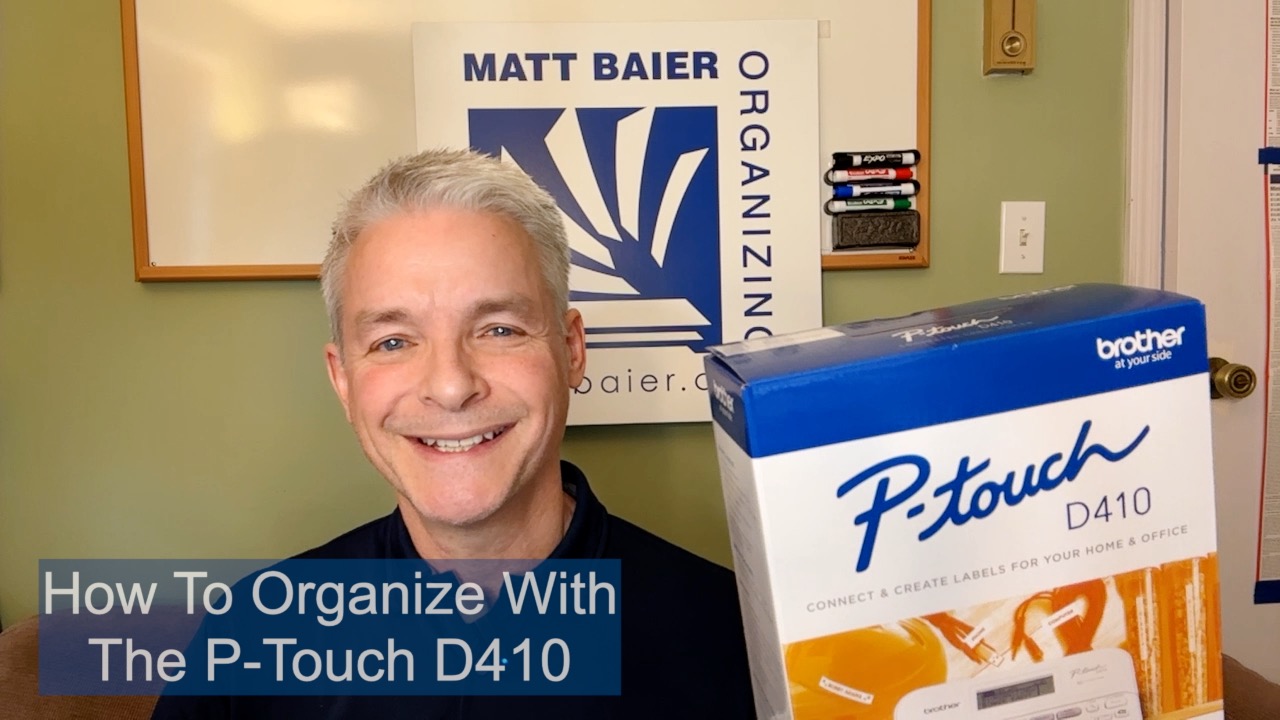So what’s the focus with my top 10 closet organizing tips? In my last post I focused on organizing your clothes closet. This time I am looking at general organizing tips for all storage closets.
1. Empty 100%
Get everything out and start from scratch. Why? We tend to use closets to hide things away, so what happens? Things get hidden! When they’re hidden, they’re forgotten. Hidden items may be low value items that are robbing space from high value items you need to find. So pull it all out, sort by general category and unload what you haven’t missed.
2. Prioritize vertical space
To open up space there are just two directions to go: OUT and UP. With tip one we identified the things that could go out. Out includes discard, donate, and sell. Now it’s time for the up and how we prioritize this vertical space. Things you access the most should go a t eye level. Things you use least should go on the very top shelf or very bottom shelf. Then use the in-between shelves for in-between uses.
3. Find over fit
From tip 1 you see the trouble you get in, when you use the closet for hiding. Yes, you can still stop seeing this stuff, by simply closing the door. But once you open it, everything should be highly find-able. Find-ability is at risk when too many things are packed in too tightly. Never confuse organizing with fitting. If you have managed to fit everything into every opening, you are not organized. Being organized means being able to quickly find things and access them. If there’s not room to move in the closet then return to tip 1.
4. Don’t match a container to a need
One of the most common organizing mistakes is to buy organizing products then try and organize into them. As I’ve said before, you have to prioritize to organize. Once you have prioritized the items you are keeping, then you can choose the appropriate structures to maintain your priorities. Also, have you ever emptied a gift basket and thought it would make a cute container? Again, don’t force an organizing plan into it.
5. Reveal, Don’t Conceal
This is the answer to what does make a good container. Clear containers take the guesswork out of what is inside them. I know. Baskets look prettier, but at least stop consider. How often will guests will be viewing a storage space? How does that compare to your need to be able to find contents quickly?
6. Stock like a supermarket
It may look more “organize-y” to have all your salad dressings all lined up across the front of your shelf. However, it does nothing to help the find-ability of the chicken noodle cans, hidden behind them. Instead, keep a single sampling of each item up front then store like items behind. Supermarkets want to make their products as findable as possible. Why wouldn’t you?
7. Use drawers below eye level
Clear bins are good for find-ability, but clear drawers are better for findability and accessibility. That accessibility ends above eye level, so you can’t fill all your shelves with clear drawers.
8. Labels enable
The best one-two punch for find-ability is a clear container and a label. You may think the clear container is enough to find contents, but the label makes your intention clearer. Also, when the container is empty, you are reminded of exactly what you need to restock.
9. Sometimes the best container is no container at all
If you think the goal of organizing is to get everything into a container, guess again. The goal of organizing is to maximize fundability and accessibility. If a container is not helping that, you’re better off without one at all.
10. Reserve floor for access
Avoid including the closet floor for storage. Why? Again, this has to do with accessibility. You may have your shelves beautifully organized, but that’s not enough. If you must climb over loose shoes and bins to access those shelves, then you still have a barrier. Now if you live in an apartment and you need to fill this floor space, here’s a suggestion. Choose a storage plan that is on wheels. This could be a drawer unit or maybe a suitcase. In both cases, clearing the floor for access is as simple as a single roll-out.
It’s one thing to temporarily conceal your storage with a door, but a closet should never be for hiding. If you are hiding items from yourself, it’s time to ask, do you really need to keep them?
Please Share With Your Community
















